‘Touchy’ subject? Radio then and now
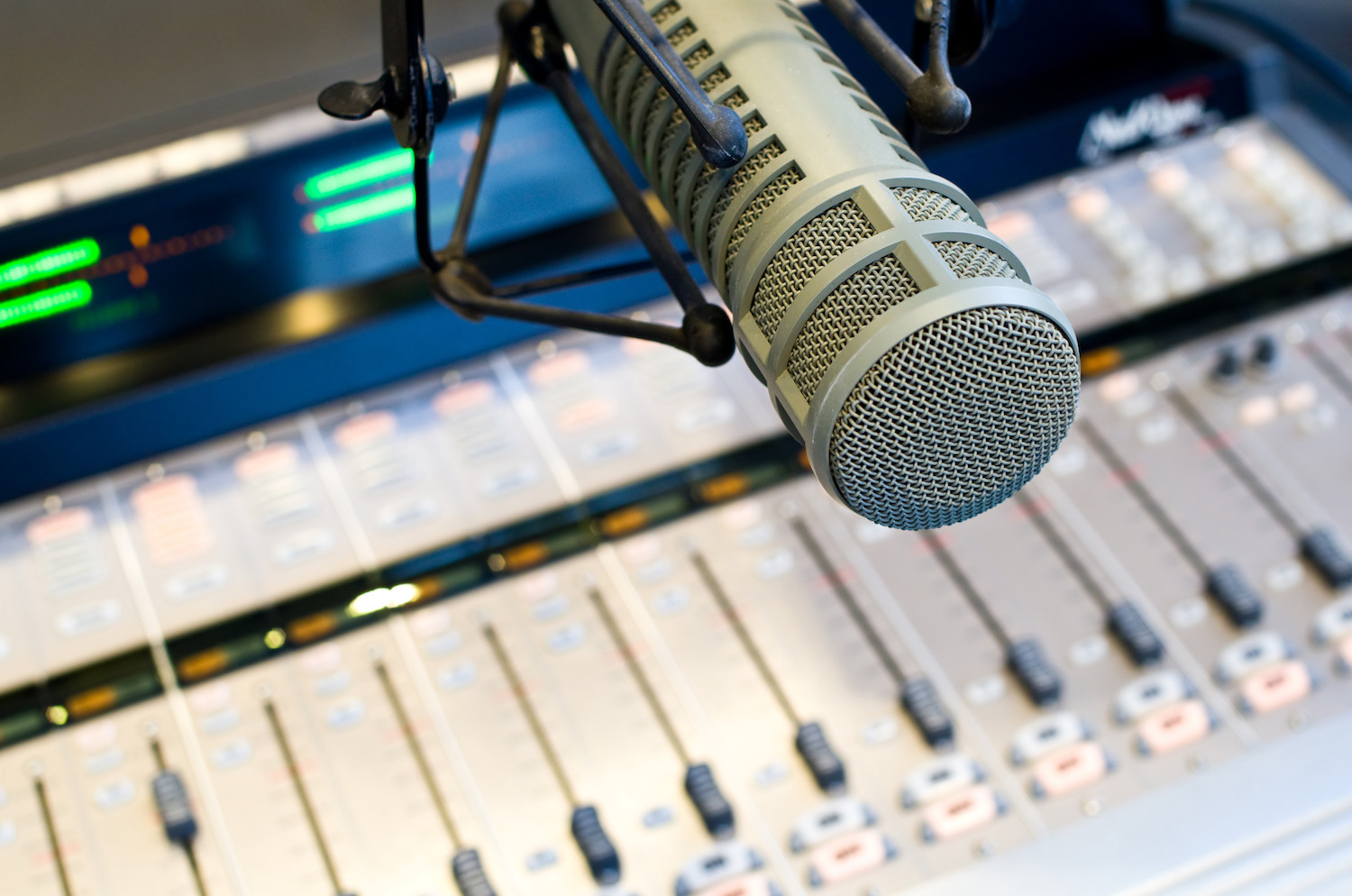
There was a lively discussion on the Ruck ‘n Roll podcast recently, about when radio announcing started to become more computer generated and less of a ‘physical’ pursuit.
The presenters cast their minds back to the nineties, when the tactile nature of radio began to disappear.
Was radio better? Worse? Or just different?
Is it even fair to compare radio as it was in decades past, with how it’s being done today?
Guest host Ken Francis said that if he had a music radio station today, he’d make the DJs cue up records.
“Everything would be off vinyl and CDs. And even if the songs weren’t even available on CDs, I’d burn them onto a CD and tell them ‘You’ve got to cue it up.’”
“Listen to what the Man Said by Paul McCartney and Wings … that song goes into that instrumental fade at the end, which actually leads into another track. You never knew how long the jock was going to let it run. And that was part of the fun of listening to music radio in those days.”
“Now everything is off a computer, and it’s got a little pulse, and the pulse will fire off the next thing.”
Having clocked up three decades at Melbourne’s Gold 104.3, Craig Huggins experienced the change first-hand.
The way he sees it, the first 15 or so years of his career were DJ years. Now, he’s a radio announcer.
Huggy tells Radio Today “Playing carts and cueing records had something special about it. It was exciting, it was all in your hands. You could easily swap out one station ID for another to make your segues sound really slick.”
“You’d get to know the tempo of the 10 or so jingles or sweepers you played. You knew the labels on the carts. You could muck around with how you started the songs, and if you did it right it was a real thrill. Mind you, I was very young when I was doing it, so it was all new and exciting, arms flailing all over the place, hoping there was no jump or skip on the records, getting annoyed at the last jock that took a cart out of the machine before it fast forwarded to the start again.”
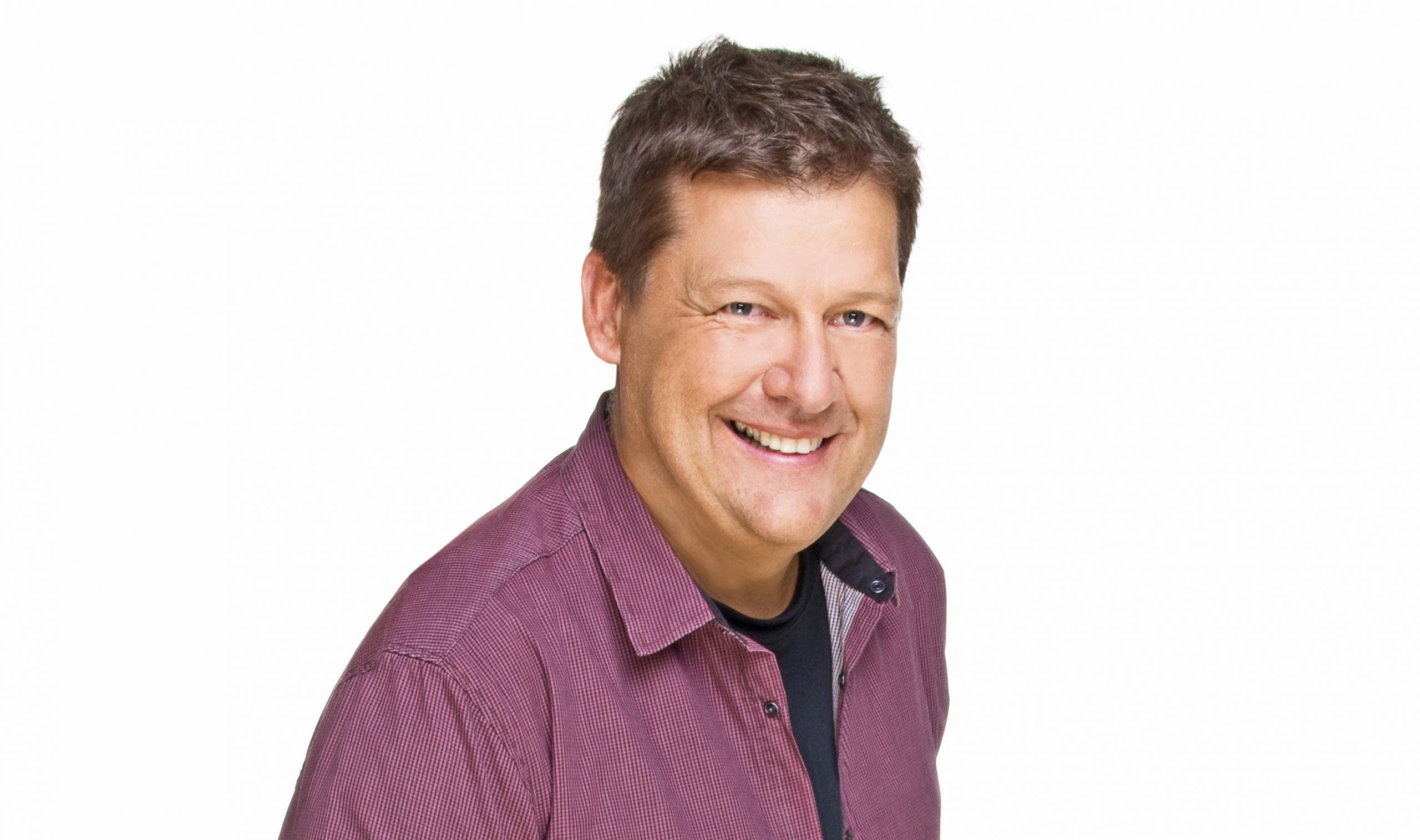
But Huggy says today’s way of doing things certainly has its advantages.
“The great thing about the playout systems on computer now is that you have more time to think about what you’re going to say, creating your break, rather than the physical mechanics of making it happen. One button fits all!”
“You can rely on it continually playing the songs and ads, even if you’re not there.”
“It does take the personal feeling away from it a little, like someone else – the cyber world – is crafting my show.”
“Sure I can swap stuff out, but there’s a million sweepers and stagers to choose from, and ironically a lot more steps to do it.”
“Don’t get me wrong, I love the playout systems, I love pushing them to see what they can do, but I can end up trying do too much and it doesn’t end up sounding good.”
Huggy says the trick for him was to embrace the new technology:
“I learnt how to use it, and the back end of how it works.”
“Many of the jocks I worked with while this was happening didn’t really do that, they just harked back to ‘how it used to be.’”
“I remember one day a colleague told me he couldn’t do something or other he used to be able to do with carts and turntables. I told him you could. He replied, ‘No, don’t show me how to do because then they’ll expect me to do it.’”
“These days I use all the machines in the studio like I used to. Not cart machines, reel-to-reels and records, but with Voxpro, NextGen, PhoneBox and the internet at my disposal! I don’t voice track (record my breaks) very much at all. I love the thrill of speaking live on-air. If I stuff it up, I have to fix it on the fly.”
“I had great jocks – household names – teach me the skill of live radio, and for me, switching on the mic at the end of the song is the biggest thrill of it all.”
While computers might have made the on-air shift easier, it’s also worth noting that – in this new era of online content – announcers are no longer just hosting. The on-air shift is just one of numerous daily tasks.
Some would argue that being less tactile has made radio announcing more accessible.
It’s certainly made it more diverse, according to engineer Andy Rebscher, who says that being more computer-based has opened up more opportunities for people like himself, who are vision-impaired.
In 2005, Rebscher noted “Broadcasting is changing rapidly and becoming more and more corporate and less like radio as I knew it as a kid.”
“It’s something that anyone can get involved in if he or she really wants to, especially now that it’s so computer based.”
So which is better? At the end of the day, it’s all subjective. But it doesn’t hurt to reminisce.
As former Melbourne breakfast host Kevin Hillier notes on the podcast “There was a reason that The Angels put ‘Can you please tell me what the time is?’ on the end of that song … Every jock in the world went ‘It’s ten past two, Doc. Glad you asked!’”
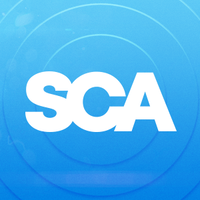
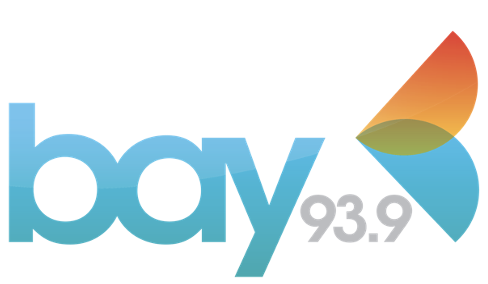
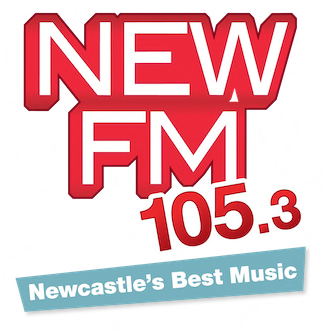
Huggy you legend.
ARN. Time to finally ditch Next Gen surely. Talk about ancient.
I’d love to cue CDs and records all day, but I wouldn’t have time to do the ten other tasks I’m expected to do outside the studio on a daily basis… Times have changed.
It shouldn’t take more steps to swap a sweeper out for another in a playout software, in fact you shouldn’t need to if you’ve set up your scheduling software properly. I think quite a few metro networks need to revisit some training for Zetta and alike. I’m amazed at how little value radio networks are getting out of this expensive high end software.
The Computer way gives jocks more time to do prep eg music, artist trivia , so the next time they god forbid do a back announce or pre announce they can make the break more entertaining
Attn Frustrated Ops Manager. Back in the day you’d like at the cart rack, decide which one you’d play and put it in the cart machine. One step. Then you played it live, no dragging, no segging, no mouse. Easy
Yes it is very different, is it better or worse, depends on how you accept the changes and grasp technology. I still prefer live radio even with the playout systems. Having worked from vinyl to WAV and all that was in between I still get a lift when live on the wireless.
Talent is what has changed, the voice that was required, and the technique of presenting has changed I think in a negative way.
Radio though is still personal and one on one communication with your listener.